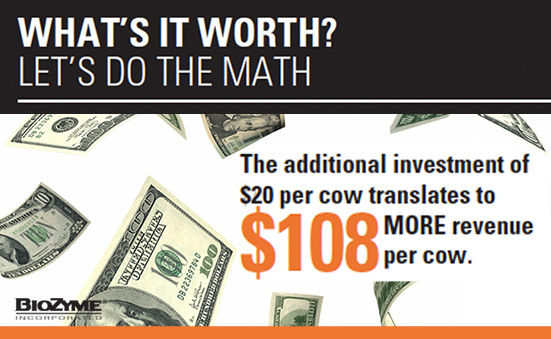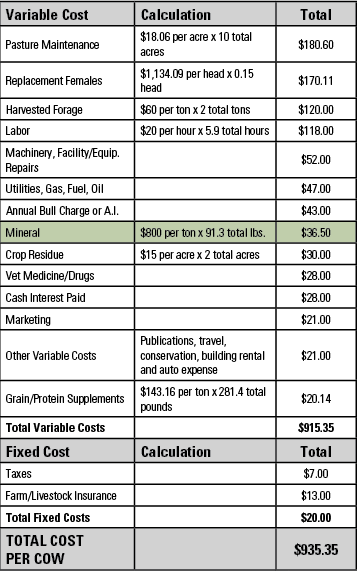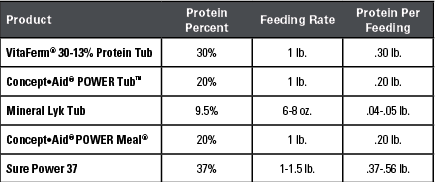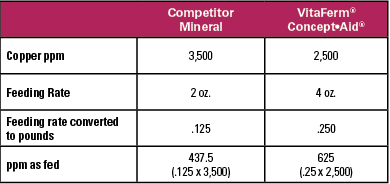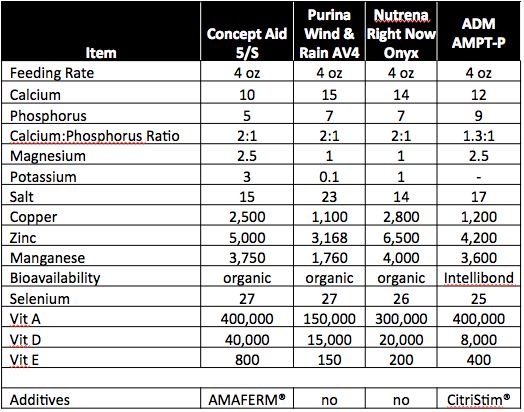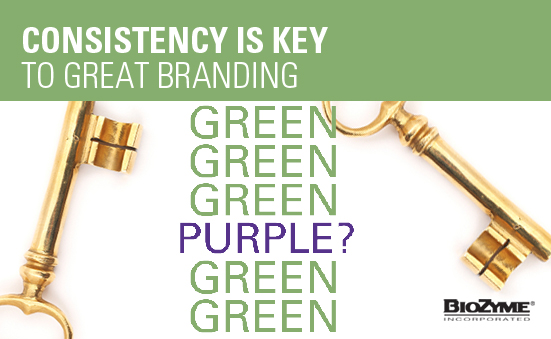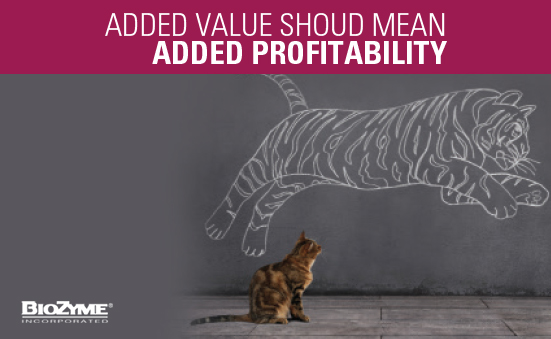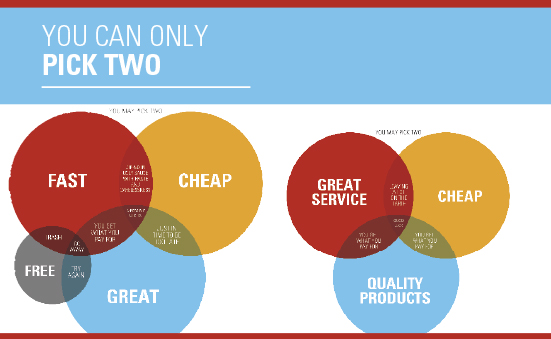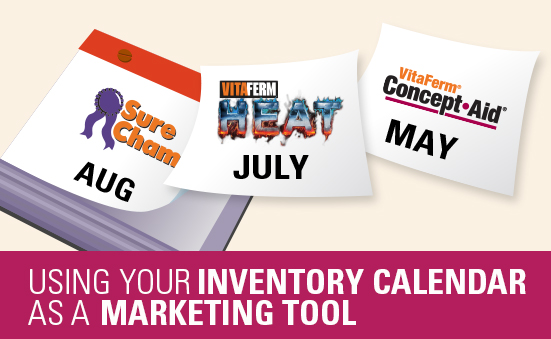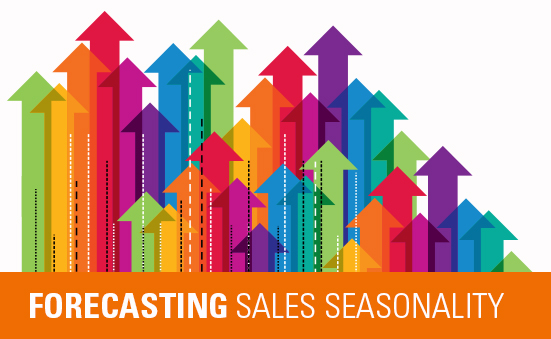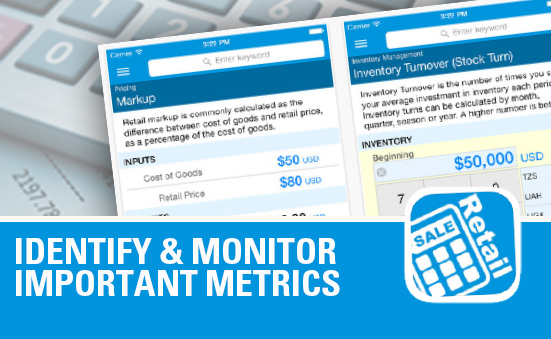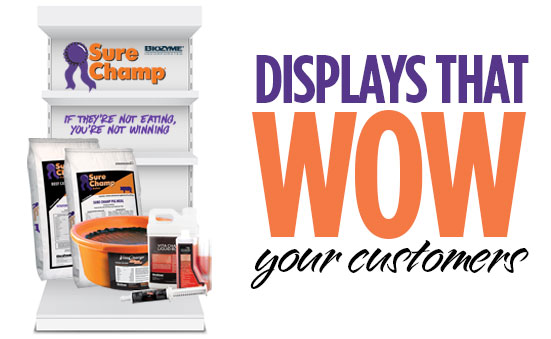Typical Customer Rebuttal:
“OK, fine. I can afford a mineral program, but that
VitaFerm® stuff is just too expensive”
While the study at Kansas State University estimates mineral costs at $36.50 per cow, per year, it is true that VitaFerm will be approximately $56.74 if using our top-of-the-line VitaFerm lines, Concept•Aid® and Heat™. That’s $20 more per cow. Before you walk away, see the breakdown below so you can fully understand how you and/or your customers can’t afford to NOT feed VitaFerm mineral.
What are More Weaned Pounds Worth?
According to Reinaldo Cooke, PhD, Oregon State University, supplementing cows with organic trace minerals led to weaning weights of 519 lbs. vs 466 lbs. for the control (no supplementation but were not mineral deficient), giving the cows with organic trace mineral supplementation a 53 lb. or $74/hd advantage, or a 28 lb. or $39/hd advantage over the inorganics. VitaFerm uses Optimins® for organic trace minerals in all formulas.
What are Even More Weaned Pounds Worth?
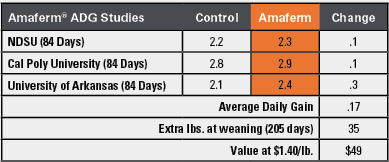
What’s One More Calf Worth?
A 2.5% increase in the calf crop (1 calf per 40 cows), at a 550 lb. weaning weight, would increase the average weight of the calves by 13.75 lbs., and at $1.40/lb., would increase the average revenue per cow by $19.00.
What is Keeping them Cool Worth?
- 0.4 increase in average days open when beef cows experience heat stress (1.6 to 0 days across the USA)
- 0.4 more days at 2.5 lbs. of gain per day a calf is on the ground, equates to $1 per cow, per year
- Donor cows flush less when heat stressed. The typical flush is 8 eggs per cow. A trial on VitaFerm HEAT with 8 donor cows led to 105 eggs instead of the typical 64 in the year before.
What is Keeping them Grazing Worth?
The average producer feeding harvested hay has a per cow, per day cost between $1.25 to $2.00. More days on grass means less days of feeding harvested hay. This is difficult to calculate, so we will just keep this in mind while determining value.
What else can they say:
“OK, OK, OK.”
- Optimins® Value: $39 more revenue for a heavier calf at weaning
- Amaferm® Value:
– $49 more revenue for a heavier calf at weaning
– $19 more revenue for 1 more calf across the herd
– $1 more revenue for less average open days - A 5 to 1 return before we even talk about forage savings!
The additional investment of $20 per cow translates to $108 more revenue per cow.
